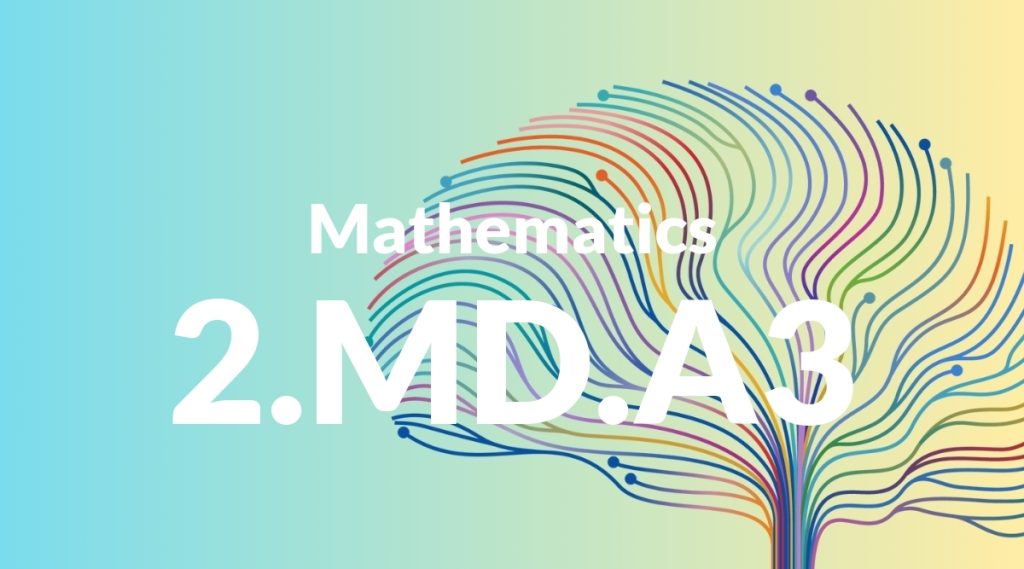Standard: 2.MD.A3 – Estimate lengths using units of inches, feet, centimeters, and meters.
Grade level: Grade 2
Subject: Mathematics
Domain: Measurement & Data
Teacher Overview
This standard focuses on helping students develop the ability to estimate lengths using different units of measurement. It is crucial for building a foundation for more advanced measurement concepts and real-world problem-solving in later grades. Students should have a good grasp of counting, number sense, and familiarity with different units of measurement. They should also have some experience with comparing lengths.
After mastering this standard, students will be able to measure lengths more accurately, understand the relationship between different units of measurement, and apply these skills to solve real-world problems.
Common Misconception 1
One common misconception is that students might think all units of measurement are interchangeable. This is incorrect because each unit serves a specific purpose and is suitable for different types of measurements.
Intervention 1
To address this misconception, provide activities where students must compare objects using the same unit of measurement and explain why consistency in units is important.
Common Misconception 2
Another misconception is that students might believe larger objects always need larger units of measurement. This is incorrect because any object can be measured using any unit, but the choice of unit affects the ease and accuracy of measurement.
Intervention 2
Use hands-on activities to demonstrate measuring various objects with different units, showing that the choice of unit can affect the measurement process but not the ability to measure the object.
Prerequisite Knowledge
Students should understand basic counting and number sense, be familiar with different units of measurement, and have some experience with comparing lengths.
Subsequent Knowledge
Students will develop skills in measuring lengths more accurately, understanding the relationship between different units of measurement, and applying these skills to solve real-world problems.
Instructional Activities
- Have students estimate and then measure the length of items in the classroom using inches and centimeters.
- Create a scavenger hunt where students have to find objects that match given measurements in feet and meters.
- Use rulers, yardsticks, and meter sticks to measure various objects around the school.
- Incorporate technology by using measurement apps to estimate and measure lengths.




